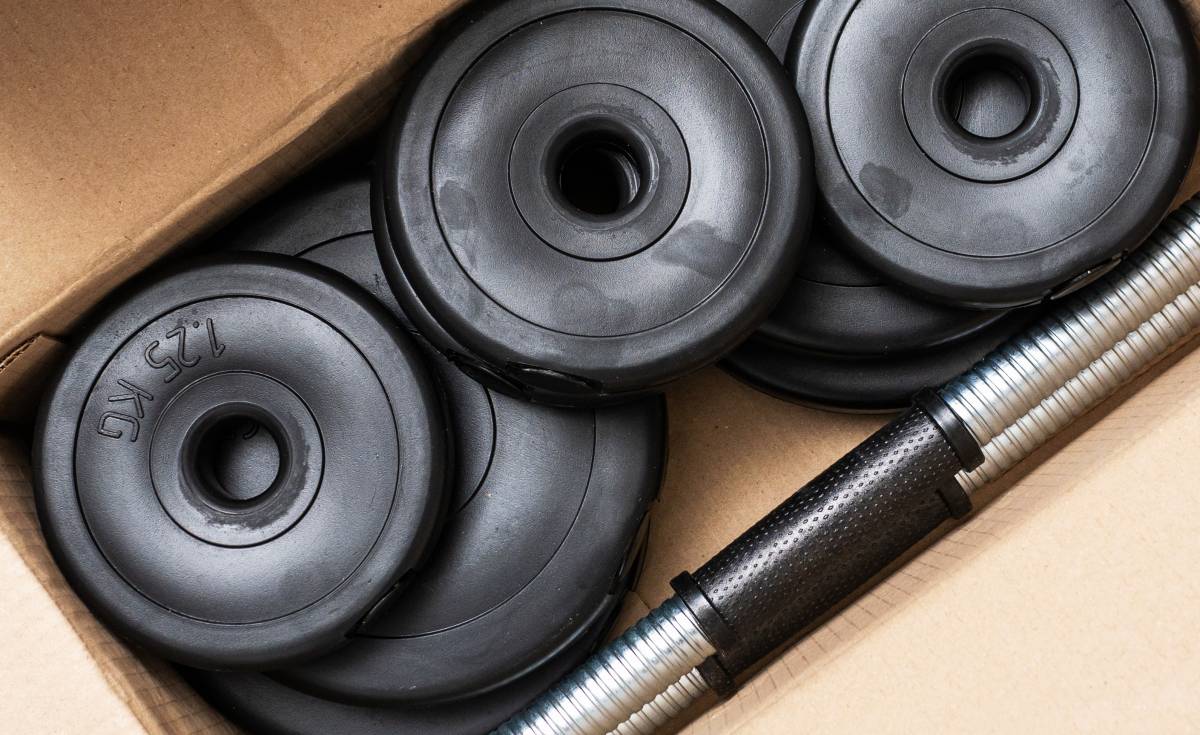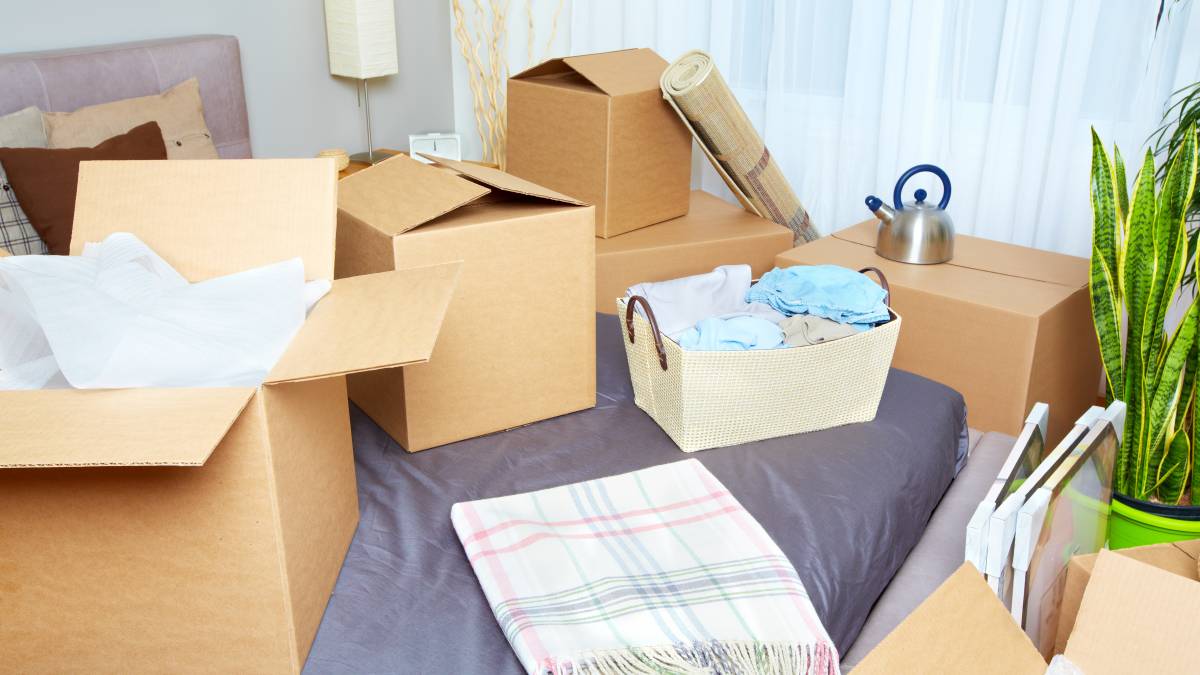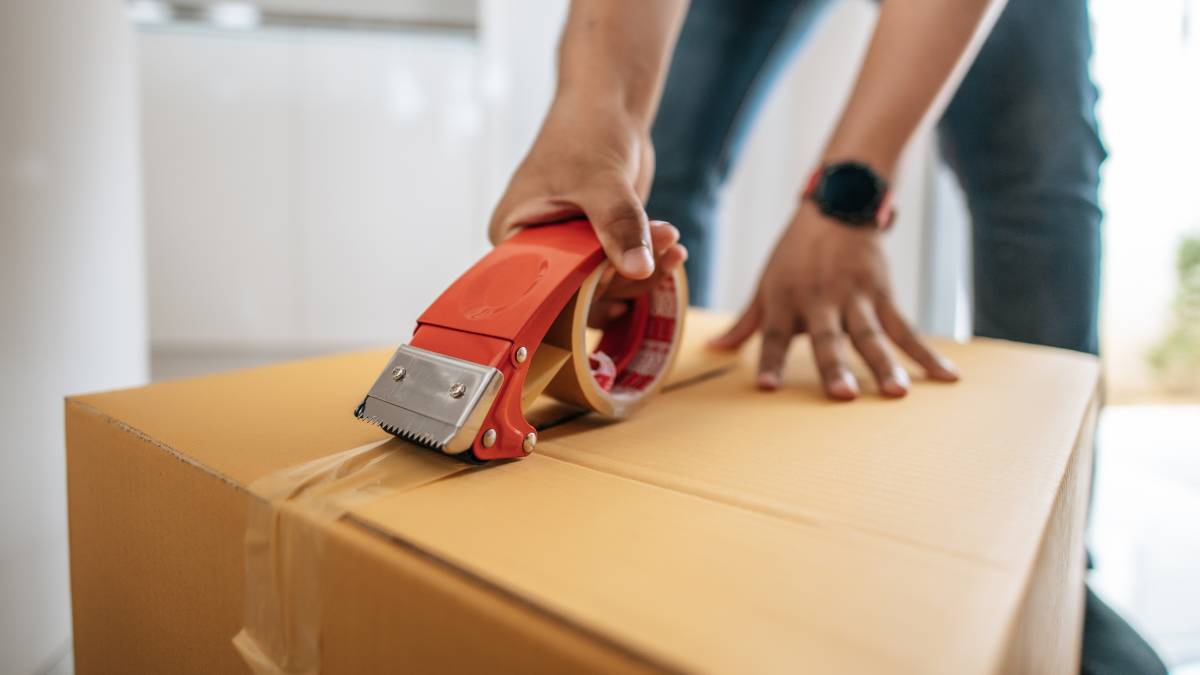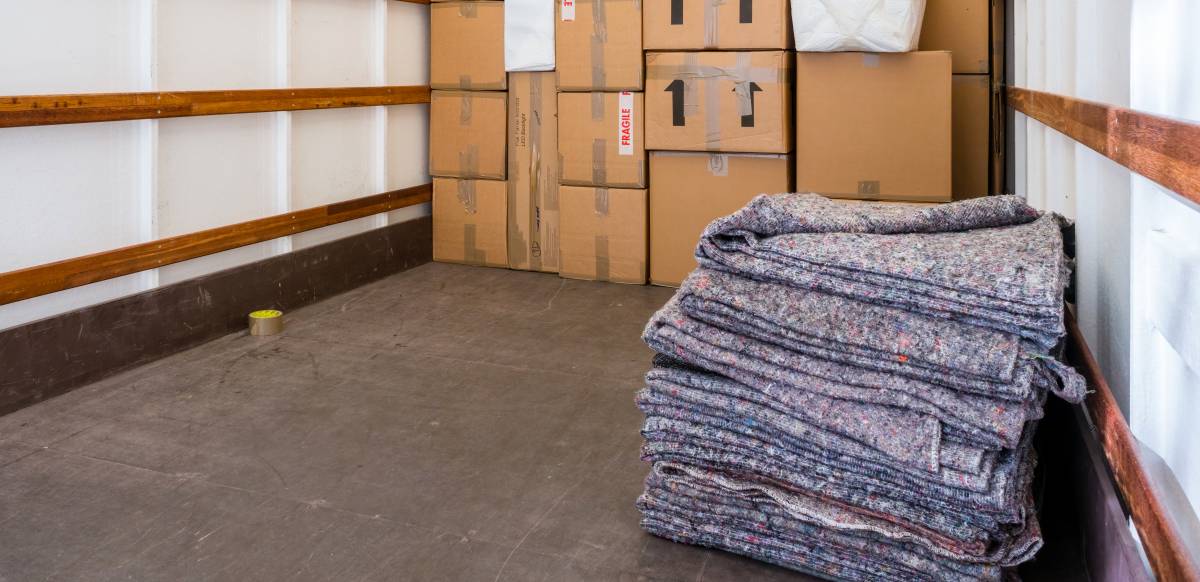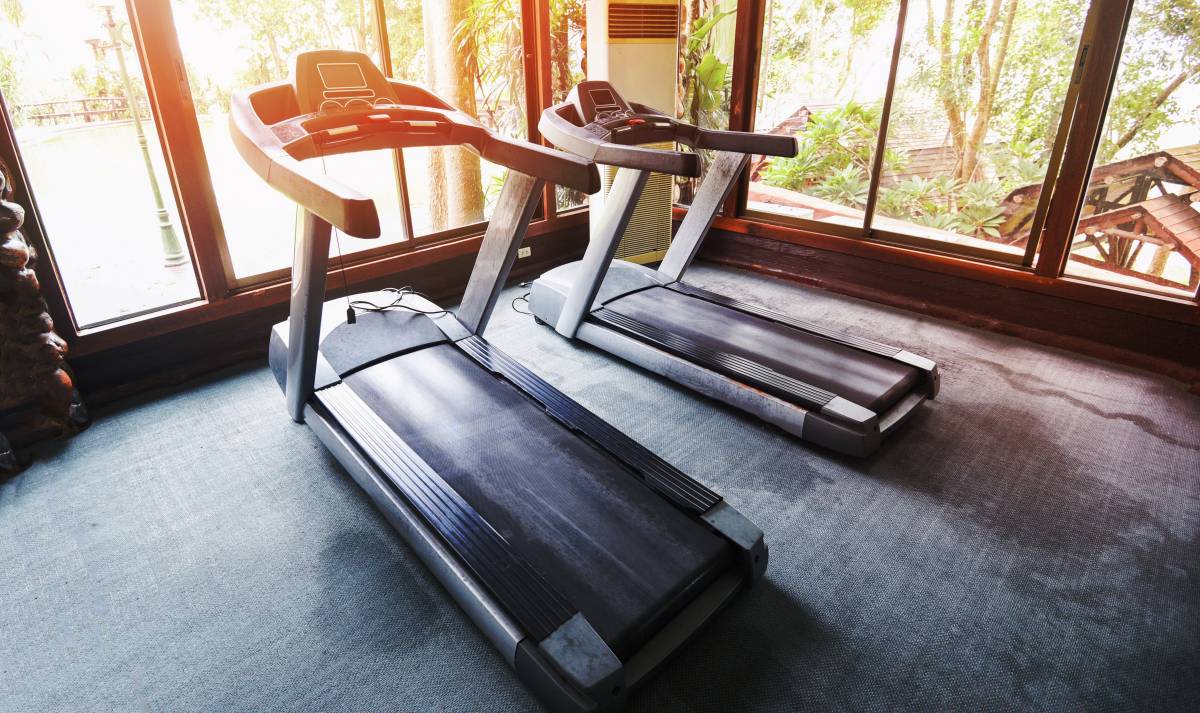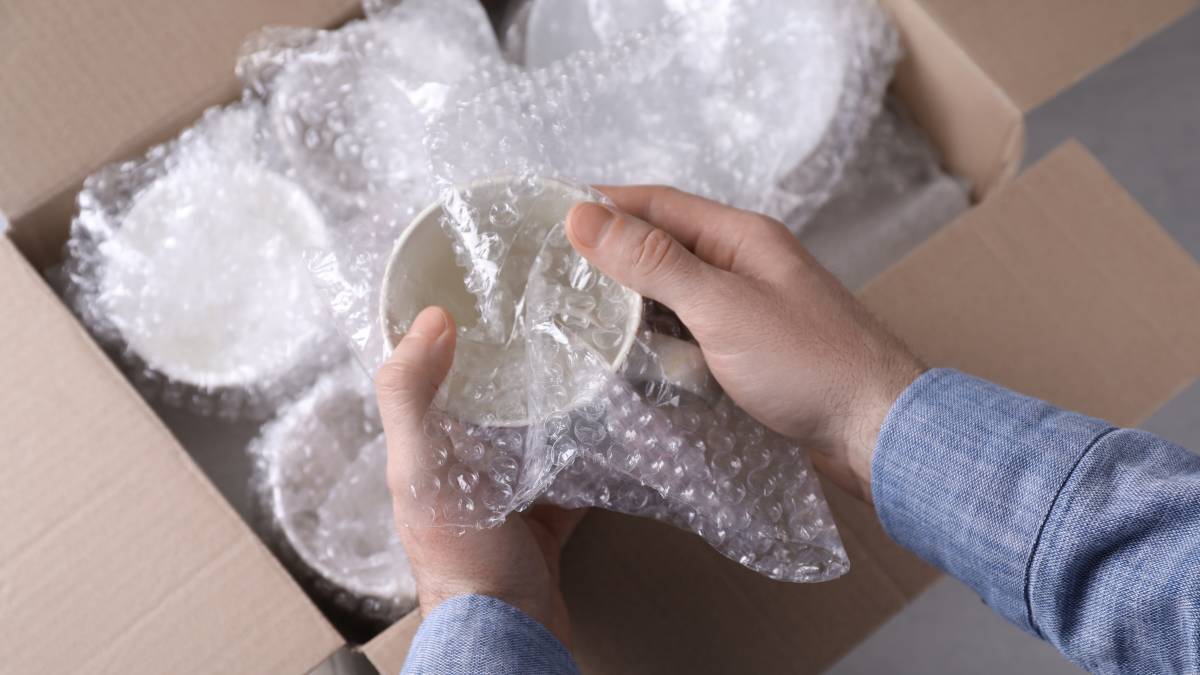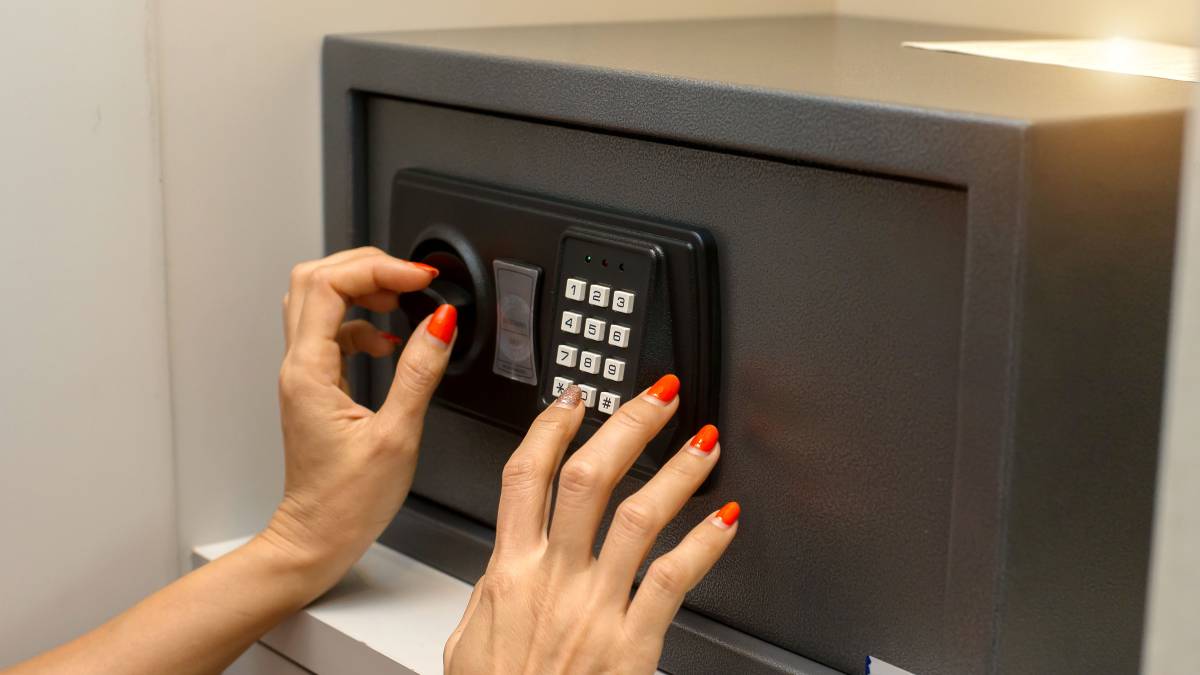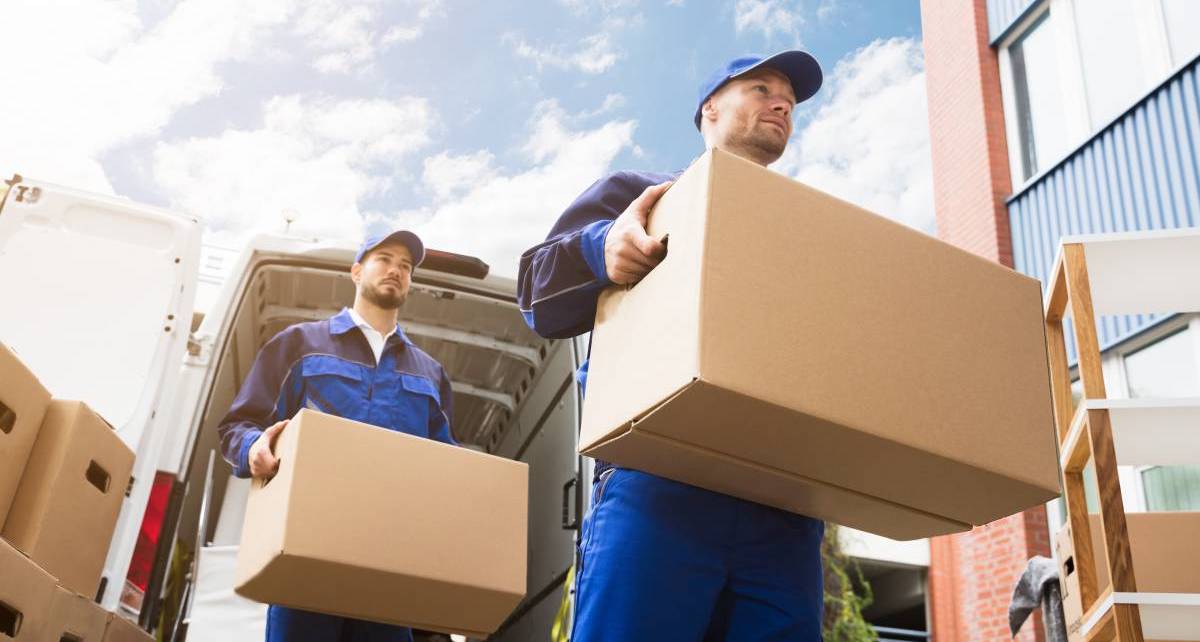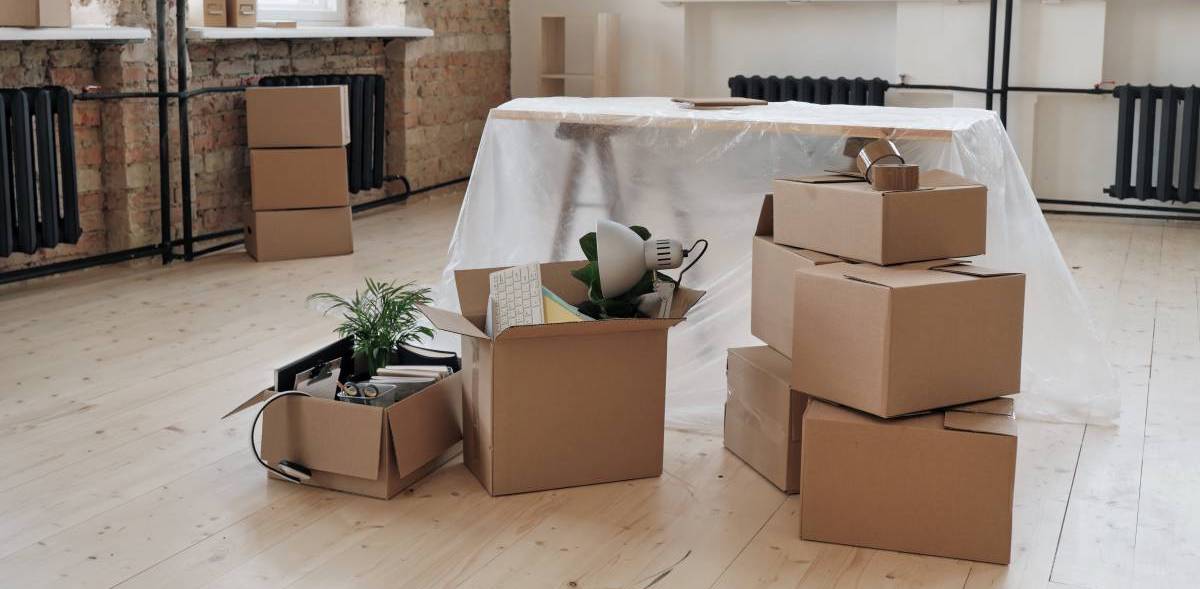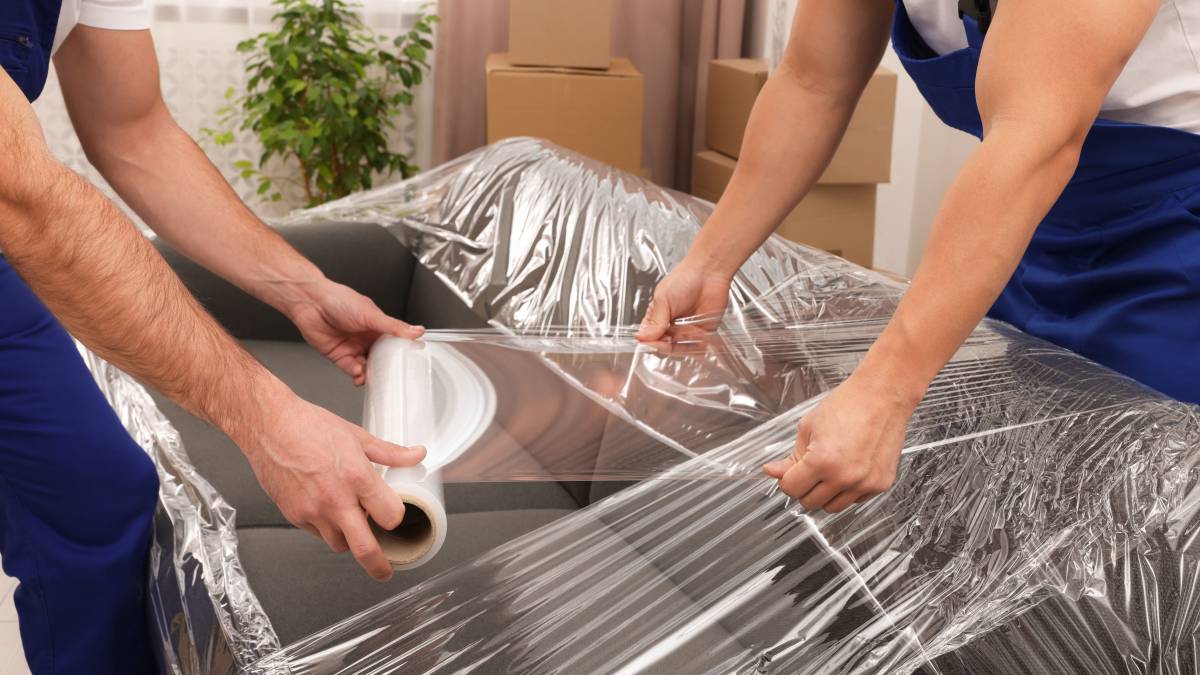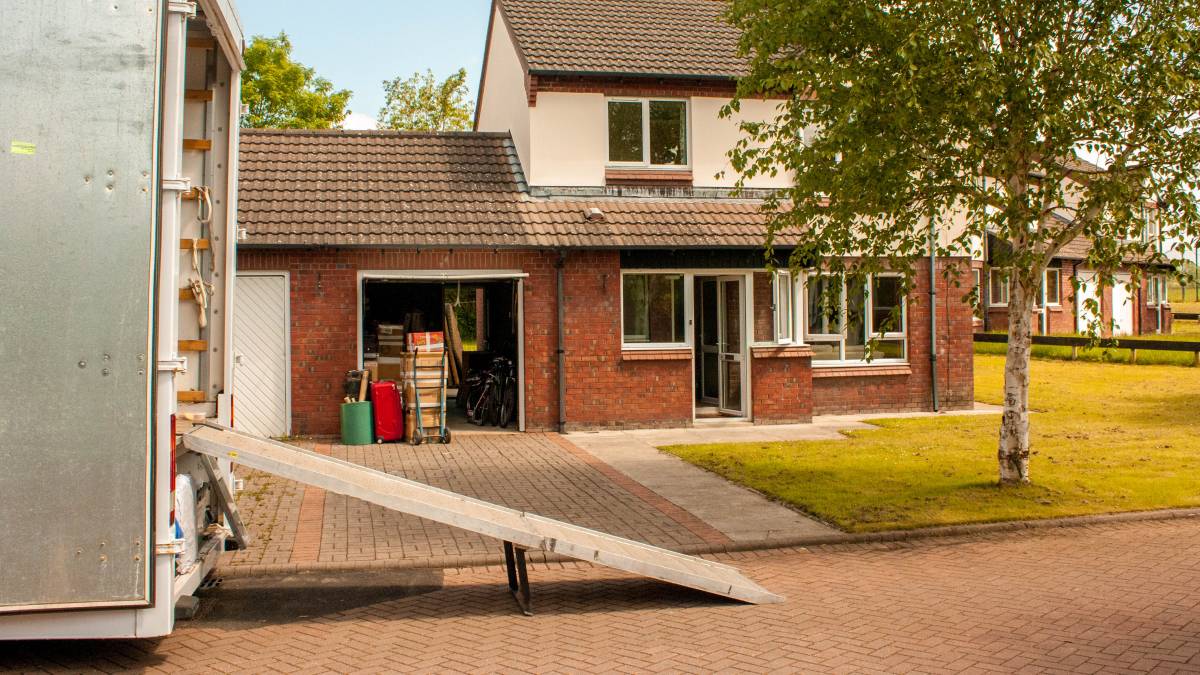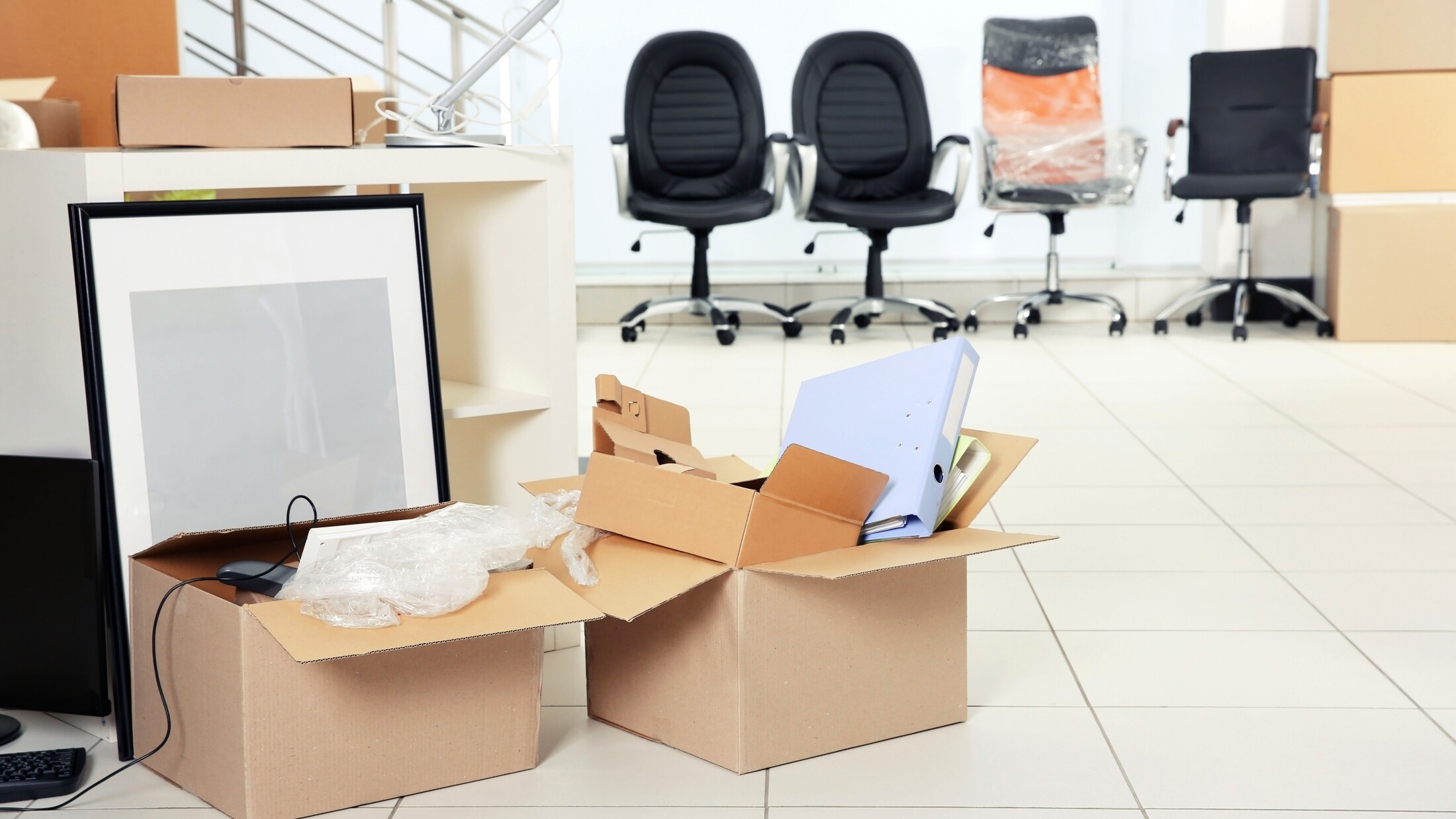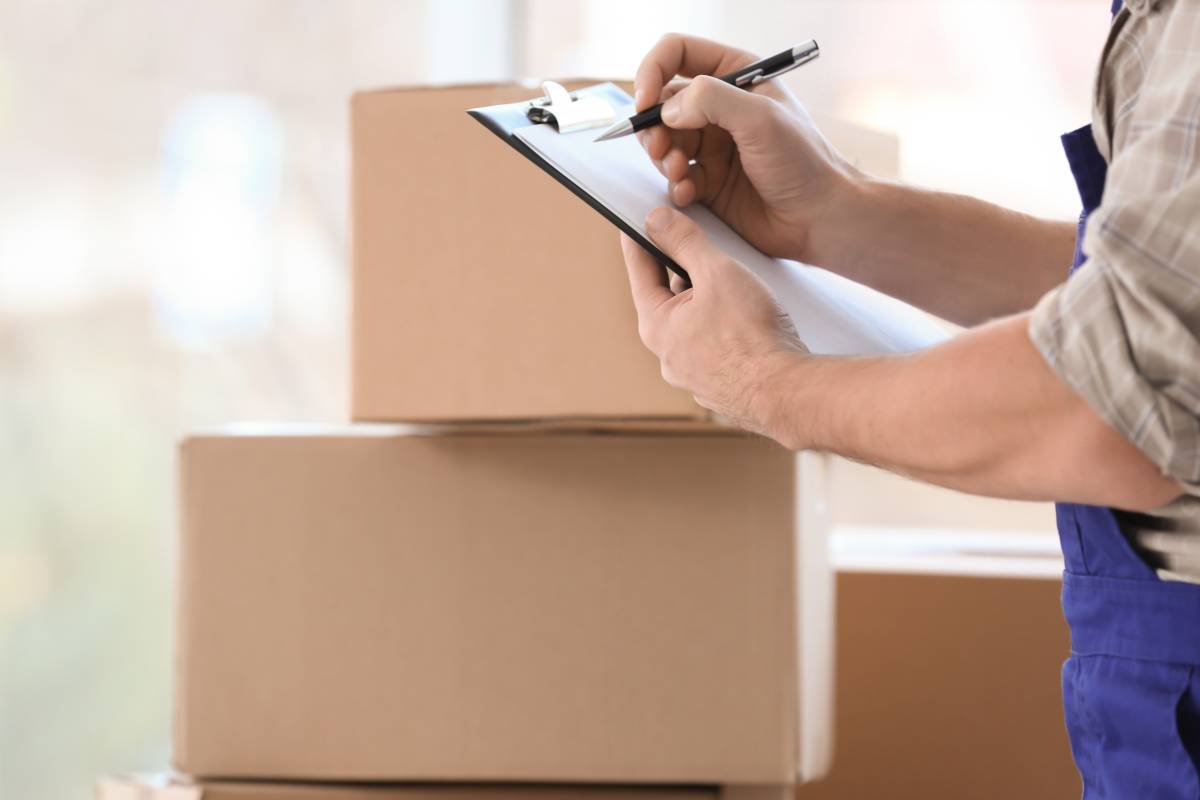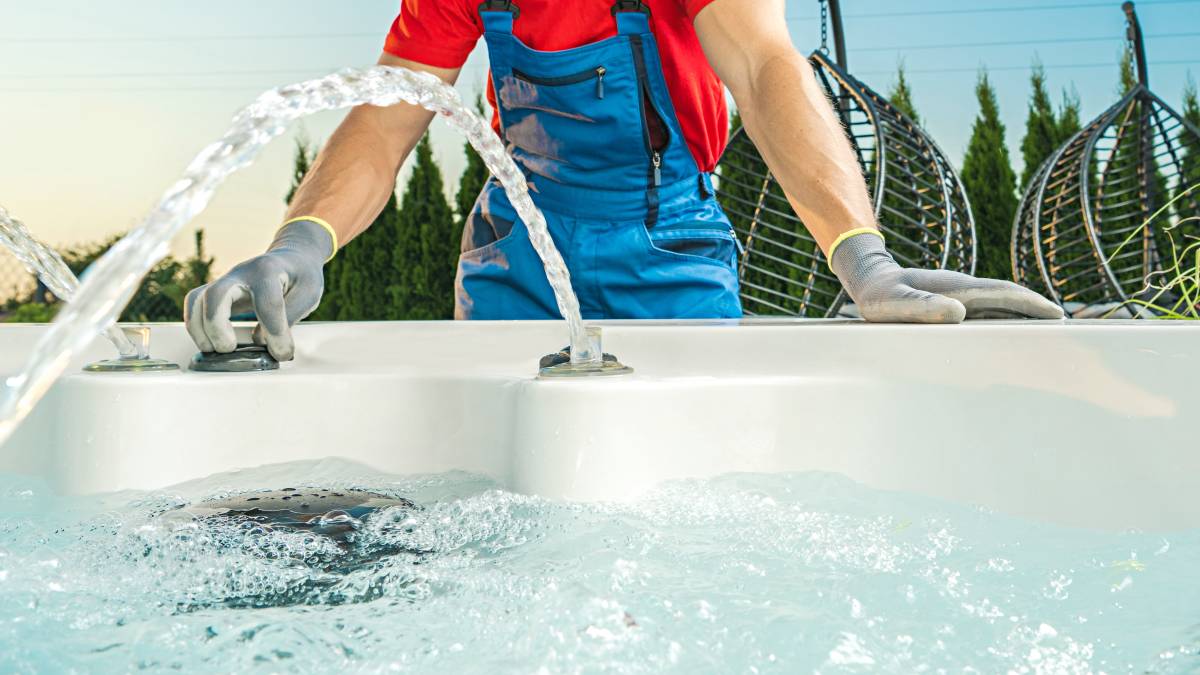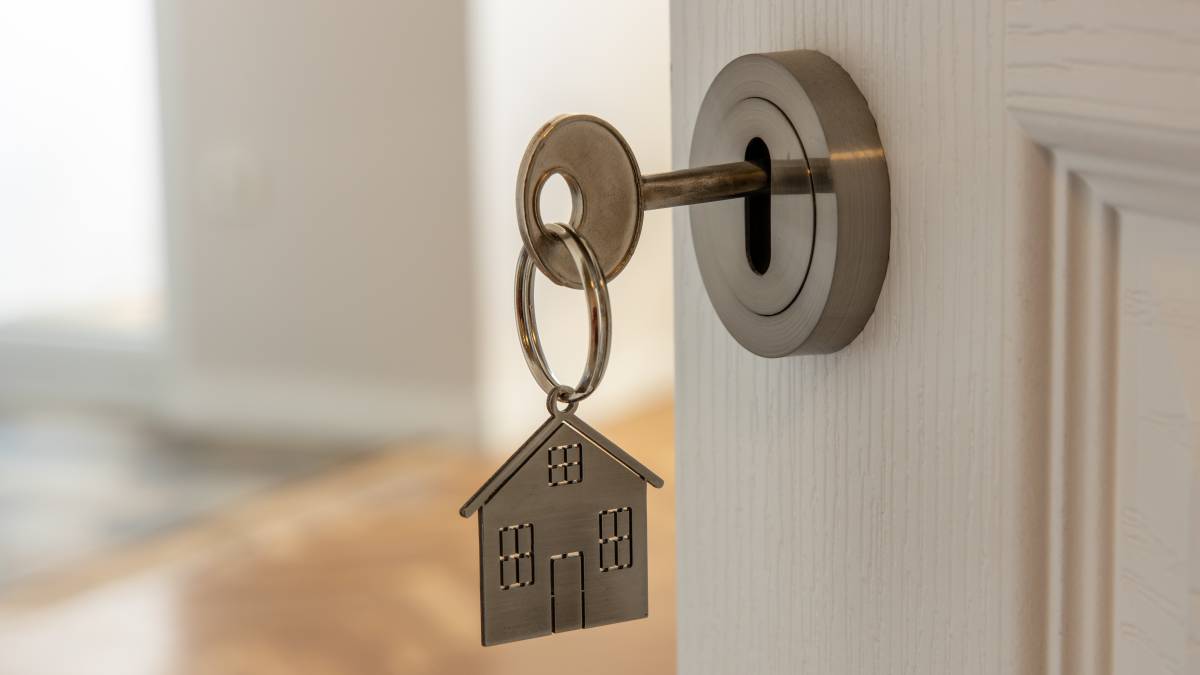
Prepare for the big day: How to transfer utilities when moving
Learn how to transfer your utilities from one house to another in the most convenient way possible.
Get moving assistancePublished on
Tick off the task of transferring utilities when moving early in the relocation process. Transferring utilities is only one of many tasks you must complete before your big day. You need to double-check your lease to know if it’s yours or your landlord’s responsibility to activate them. As a homeowner, you must ensure your utilities are set up before moving in.
In this guide, find out how to plan and make utility transfers when moving less difficult and more convenient.
Things you need to do to set up house utilities
If you’re wondering when you should transfer utilities when moving, the answer is the earlier, the better to avoid inconvenience.
Electricity
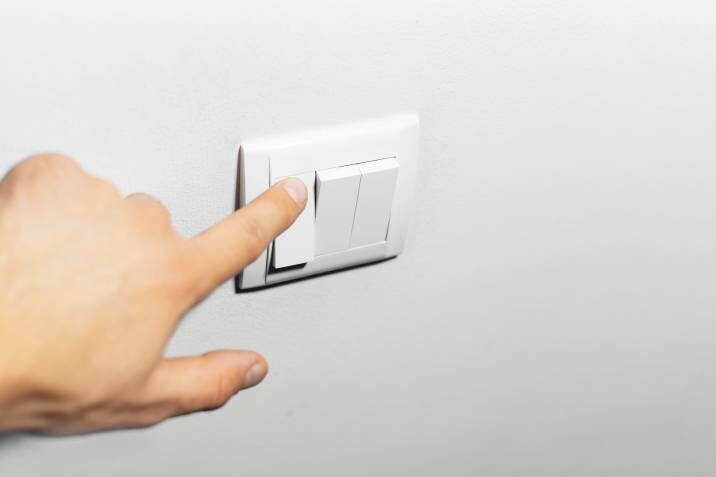
Transfer electricity accounts ahead of time. Find out which utility companies are available in your new area. Bigger cities have several utility companies you can compare. Ask your landlord or real estate agent for the best recommendations in your area.
Then, inquire with the utility service provider way ahead of your scheduled move-in day, perhaps two weeks in advance. Typically, this can be done online. But in some areas, you may need to physically go to the provider’s office to submit your documents and process the new account setup or transfer. Afterward, they will check the property and initial meter readings.
Give notice to your old provider to let them know you’re transferring your electricity account. Tell your provider the date and arrange for the power to be activated before your move-in date. For instance, you can ask if they can disconnect you the day after your moving day.
What if your existing provider does not supply electricity to your new home or area? Maybe it’s time to change utility providers!
In deciding what electricity plan suits you, evaluate the best rate plan option. You can also check out your chosen provider’s other products and programs to add to your service request.
Lastly, you may also need to factor in the fees charged by energy companies for both connection and disconnection.
Water
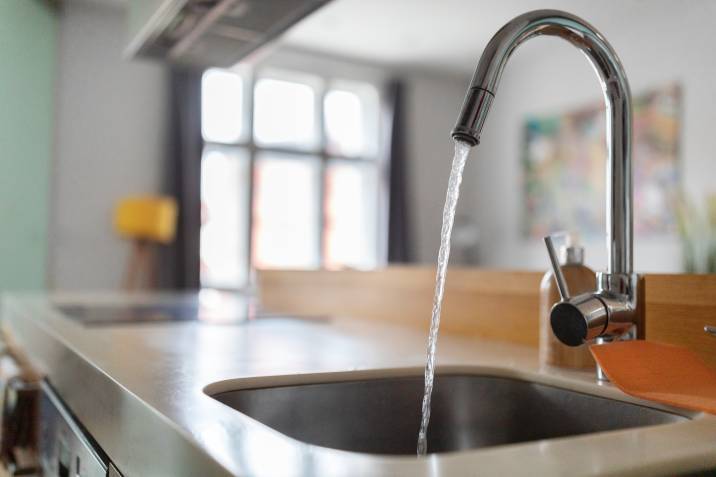
It’s important to know how to transfer water service as early as possible and have it turned on at least a day prior to moving in.
Before moving in, get an initial water meter reading at your new place to ensure you only pay for the water you consume. Don’t forget to cancel water and sewage at your current address.
Water and sewage removal services are usually provided per city or county. Property management companies take care of these things if you’re renting.
But if you own a house, you must call your service company to set it up. You may need to prepare documents such as proof of your identity, proof of residence at your new address (your rental agreement, mortgage, or home ownership proof), and a completed service application (you can inquire with your city or county regarding this).
On your first day at your place, take a reading as soon as you move in. Before using the water supply, allow the gunk to be rinsed out by turning on the faucet and letting it run for a few minutes.
Gas

Before the move, check if your new property has a gas connection. Like with your other utilities, you’ll need to start the process in advance and give your provider a notice beforehand. You may need to factor in a few days for them to complete the connection. Since this is also a gas utility, a technician may need to visit your home.
Don’t forget to cancel your gas at your old home and have it shut off the day after you move into your new space. Then, activate the new account before you move into your new place. If you need both electricity and gas for your new home, you can set these up simultaneously and get a good deal with one provider.
Landline and Internet
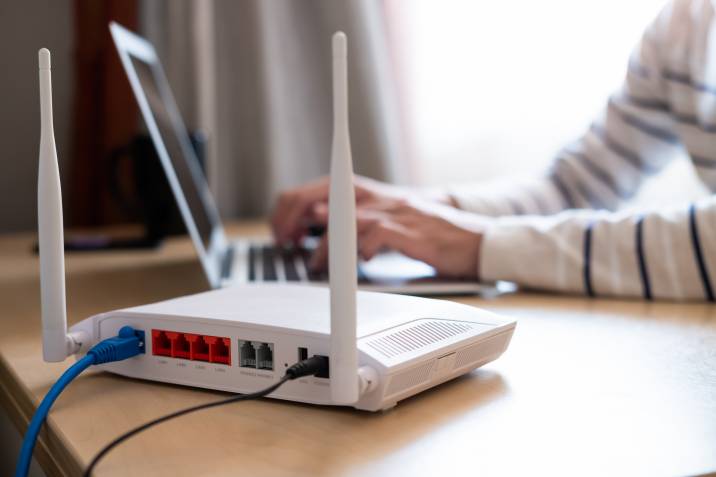
Get uninterrupted phone conversations and internet service as soon as you move into your new home, call a provider ahead of your move-in date to open an account, and make sure it’s up and running when you arrive.
Before the move, review your current contract and evaluate if you’re still getting a good deal. Once you have decided, contact your provider at least a couple of weeks before moving into your new house or apartment.
If you’re switching providers, don’t forget to settle any outstanding accounts. Many internet services providers such as AT&T, Xfinity, CenturyLink, and more allow their customers to do the process online or via a customer service call.
You can check with them if they’re servicing your new area. It’s also a good time to decide on the type of internet plan you can avail at your new residence: a promotional priced plan, a faster speed, a tv-internet-phone bundle, etc. You can also consider cable and internet services on top of your landline.
When switching internet providers, check with your current one if there’s a need to pay for early termination fees. Some providers waive these fees when you need to move outside their coverage area.
At your new place, most internet services only require you to plug in your equipment to start enjoying connection. But some still require a scheduled installation. Once installed, don’t forget to test your internet speed.
☞ Read also: Moving guide and checklist: How to make your move stress-free
Practical tips when setting up utilities
Find some time to sit down and get organised
Jot down your current service providers, noting your subscription type or service, your account number and account name, as well as your provider’s contact information. This ensures you don’t miss any service you should transfer or end, and so you can make calls to sort them out efficiently.
If you are renting, you may also need to check with your landlord to know which utilities you will be responsible for. Take note of the utilities included in the HOA while planning.
Settle your outstanding balance
Even if you can transfer utilities with a balance, it’s still best to ensure that your current utility accounts have no outstanding balances before moving to the new house. This is to ensure there are no surprise fees from your old address, which is vital to know if you’re planning to change providers.
Set up everything early in the process
Upon moving in, you want to focus on unpacking and giving yourself the time to warm up to the new place. So to avoid inconveniences like no electricity or water supply, plan and set up every utility ahead. Begin the transfer process 2-4 weeks prior to your move.
Don’t forget to put the utility in your name as soon as possible and update your postal address to the new address to stay on top of notices regarding your utilities.
Change providers or transfer current service
Depending on your necessity, you may want to decide whether to stay with your current provider (if they also serve your new area). To save money and time, you can simply transfer your current service rather than set up a new account.
But if you’re planning about switching utilities to a better deal before the move is the right time to do so. So research which companies serve your new area.
Prepare a budget for deposits and transfer fees
Prepare a security deposit as part of a security check. Some utility service providers need to conduct a credit check to evaluate if there’s a need for a security deposit. Aside from the deposit, you may also need to allot a budget for transfer fees, disconnection fees, and other fees.
Ask for help from your landlord or property manager
Check with your provider if you need to be present when the utility is turned on. If you aren’t available, let your property manager call to ask whether they can be present for the service installation.
Feel at home when utilities are ready to use!
Moving places takes a lot of work and preparation, but it’s all worth it in the end. Make your big day as smooth as possible by transferring your utilities ahead of time.
Ease your moving concerns by booking professional movers to assist you. Movers with years of experience have their processes set up to make this challenging task easier and more convenient for you.
FAQs on moving house utilities
Yes, having more than one electricity account under your name at two different properties is possible. So make sure it’s important that you remember to disconnect your account at your old address prior to moving your house electricity.
The energy plan that you should choose depends on your own needs. Most energy providers ensure that you’re connected the day you move in. Just choose an energy plan, and let the provider know your new address and the date you’re moving in.
Connecting can take 10-20 days if a new meter installation is required.
Find movers, fast
Find a mover
Related guides

A guide to becoming a mover
Read more

How much do movers make?
Read more
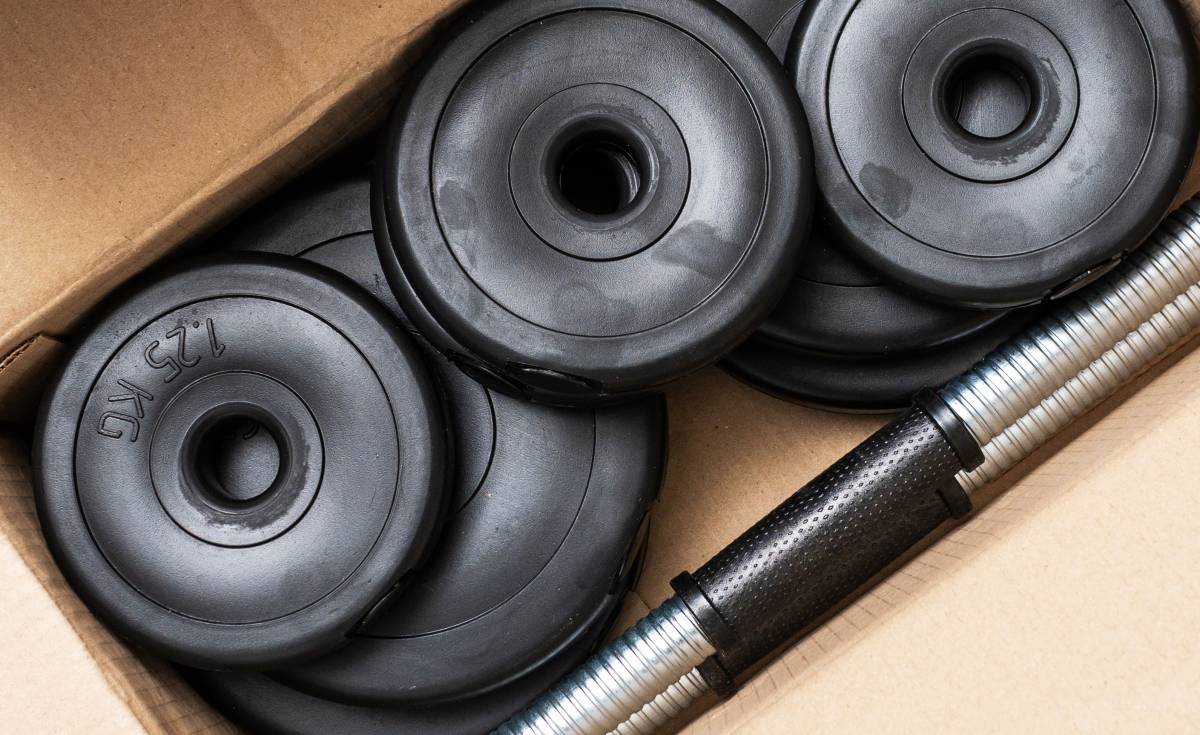
How to move gym equipment safely
Read more

How to pack kitchen items
Read more

How to pack artwork for moving
Read more

How to pack books for moving
Read more
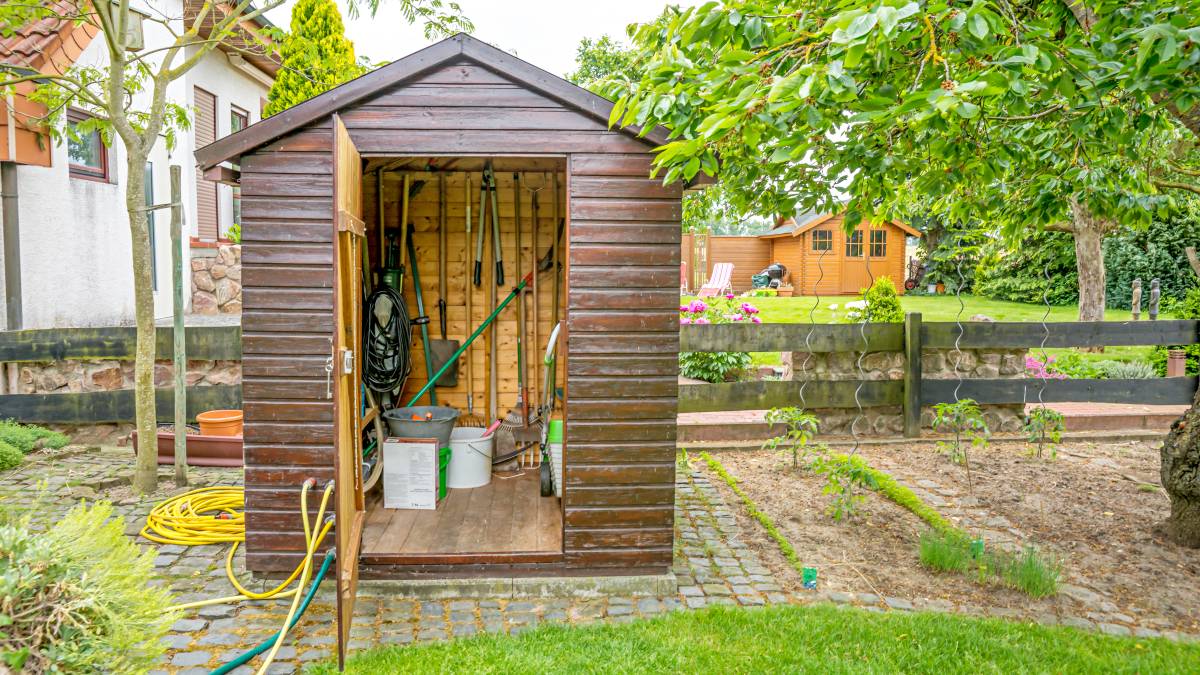
How to move a shed
Read more
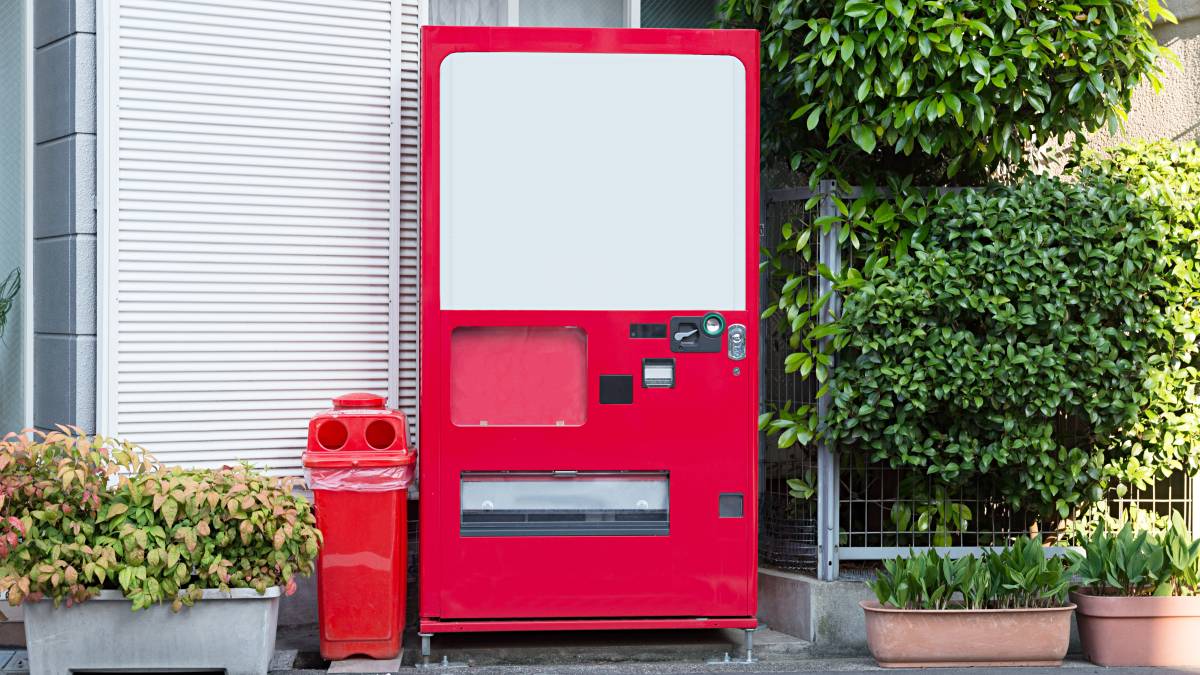
How to move a vending machine
Read more
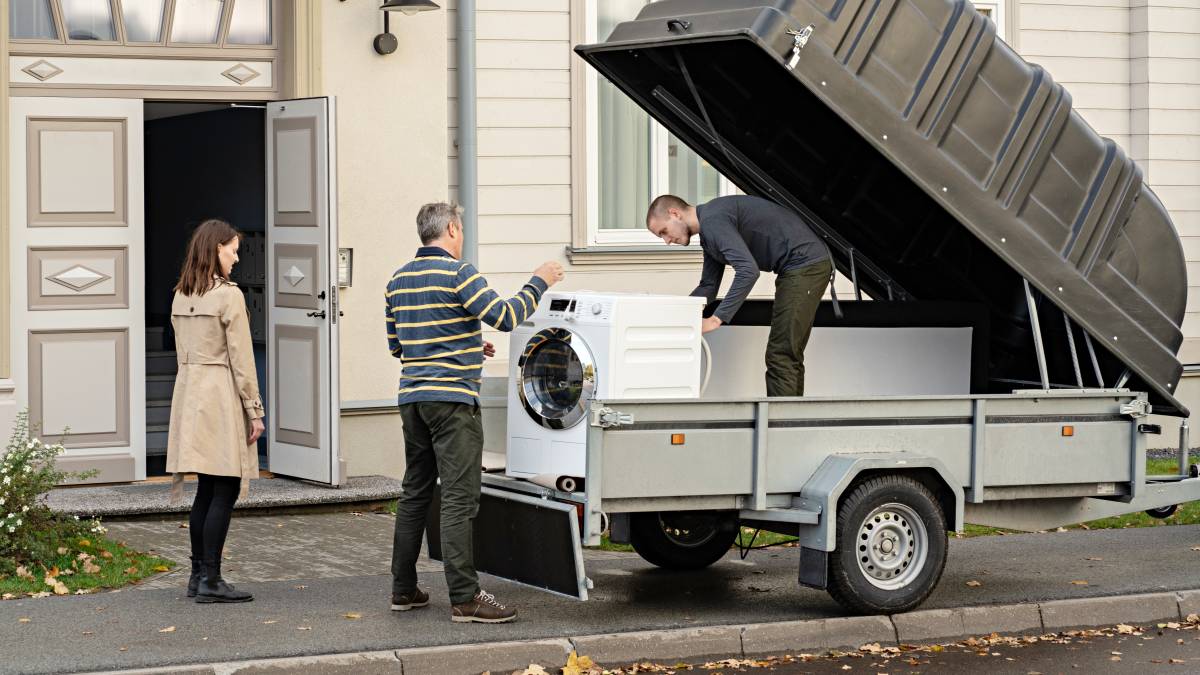
How to move a washing machine
Read more

How to move a pool table
Read more

How to pack bedding for moving
Read more

How to move a pinball machine
Read more

Where to get moving boxes for free
Read more

How to wrap furniture for moving
Read more

Moving interstate checklist
Read more

Moving out of state checklist
Read more
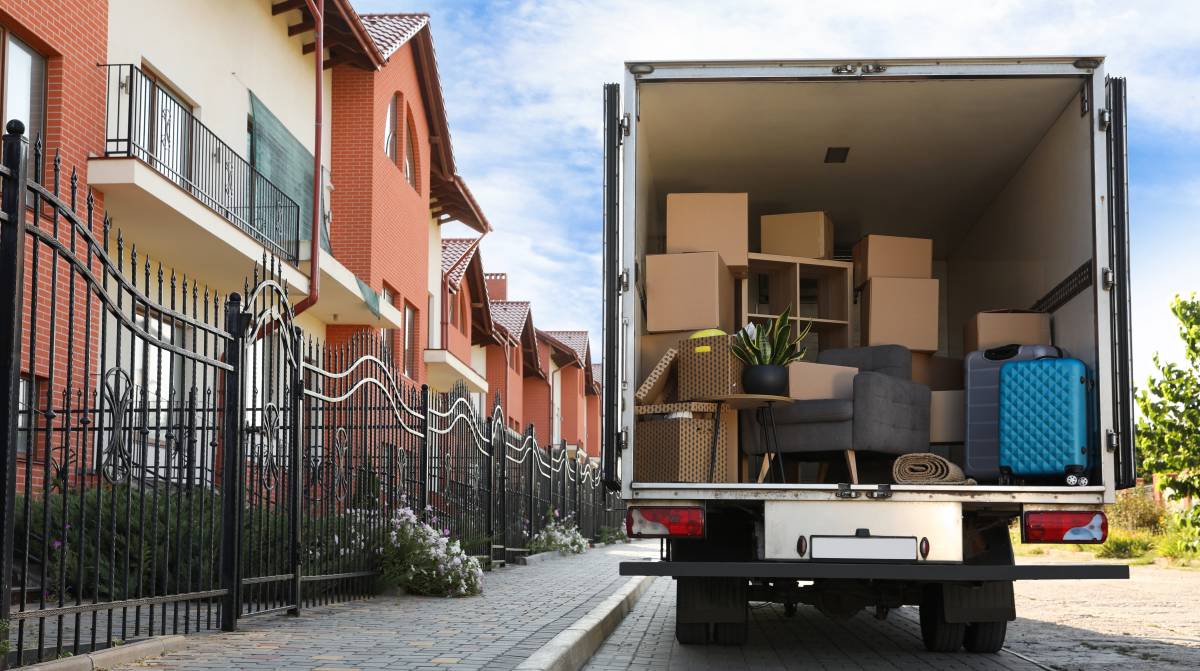
How to pack a moving truck
Read more

What movers won’t move
Read more

Tips for moving house with kids
Read more
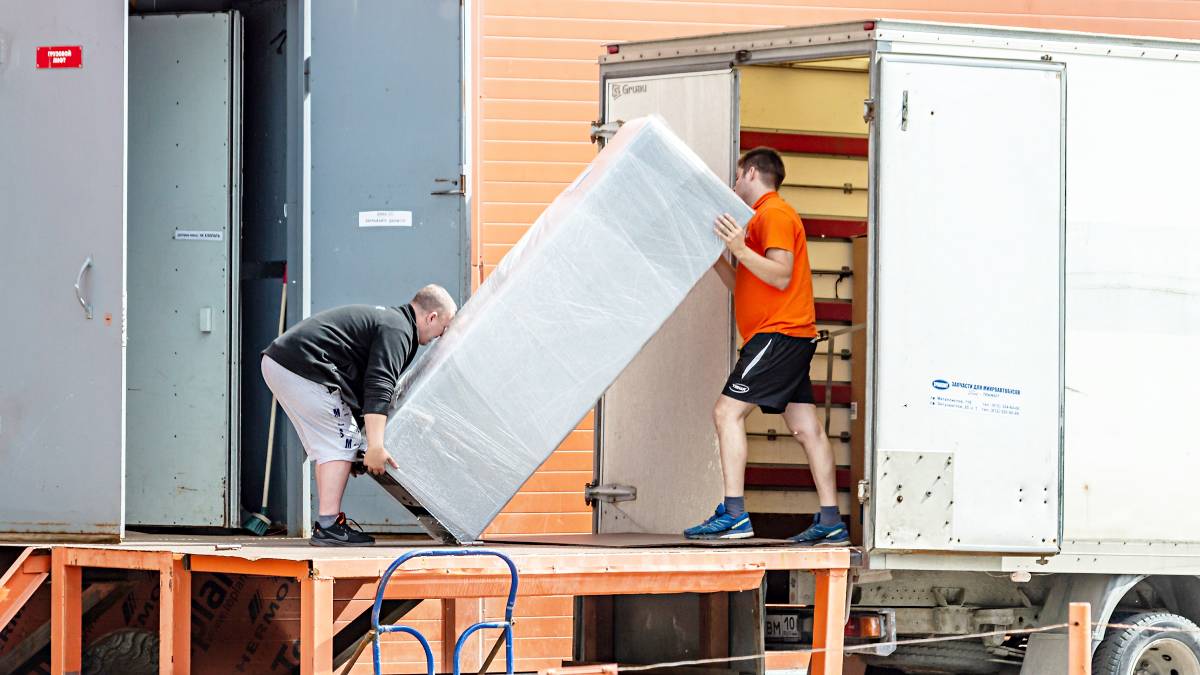
How to move a refrigerator
Read more

The ultimate packing and moving list
Read more
Related price guides

How much does mattress removal cost?
Read more
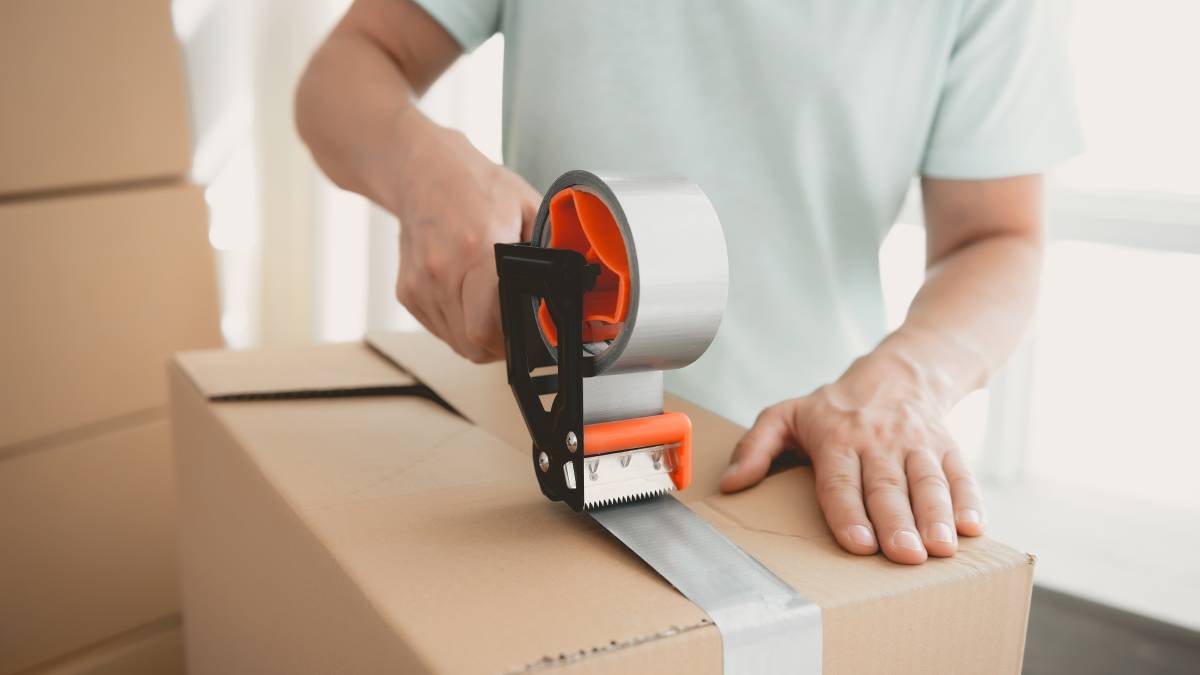
How much do packers cost?
Read more
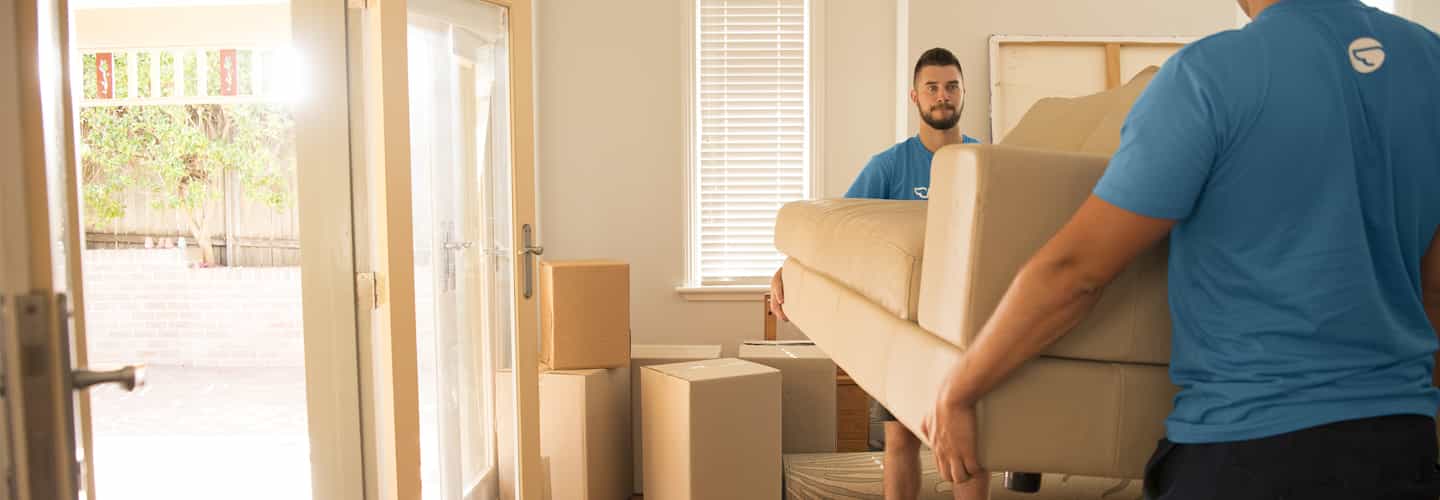
How much does a removalist cost?
Read more




